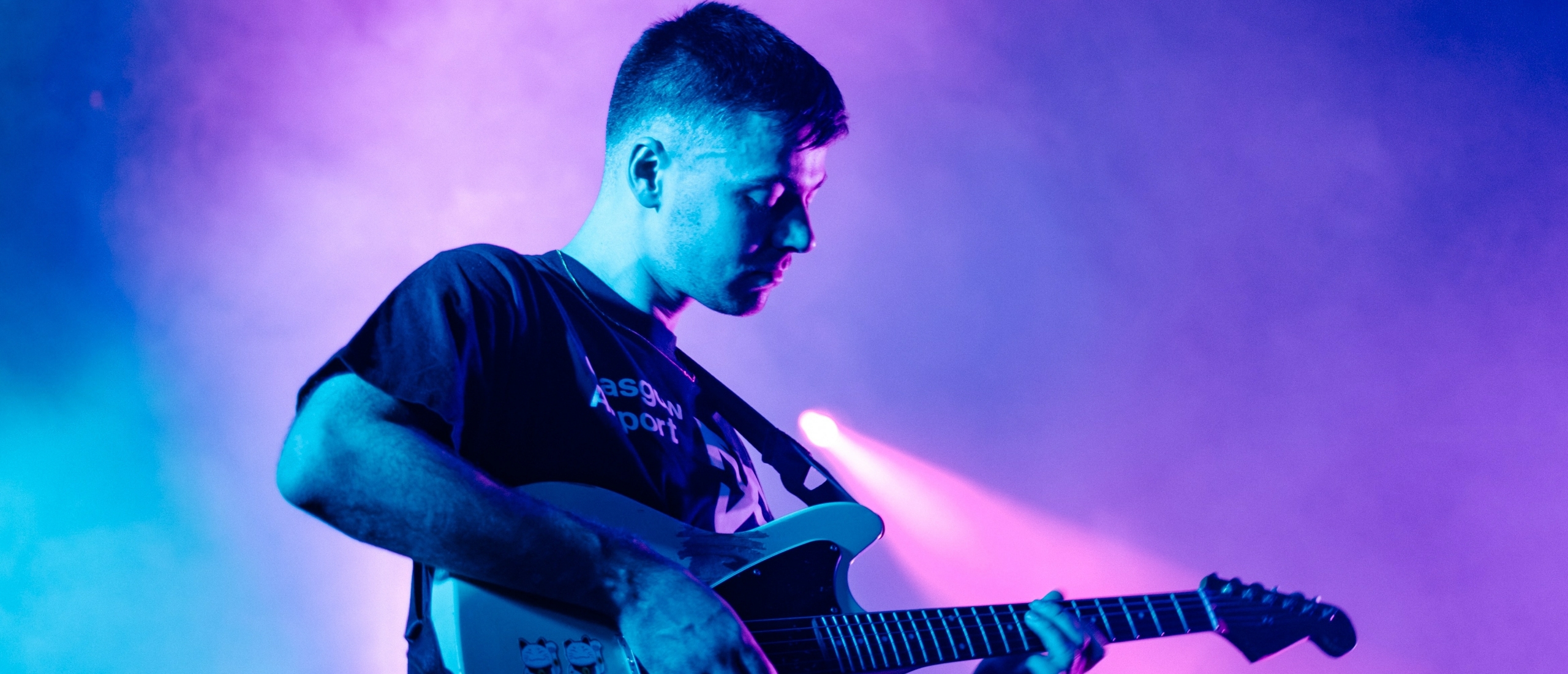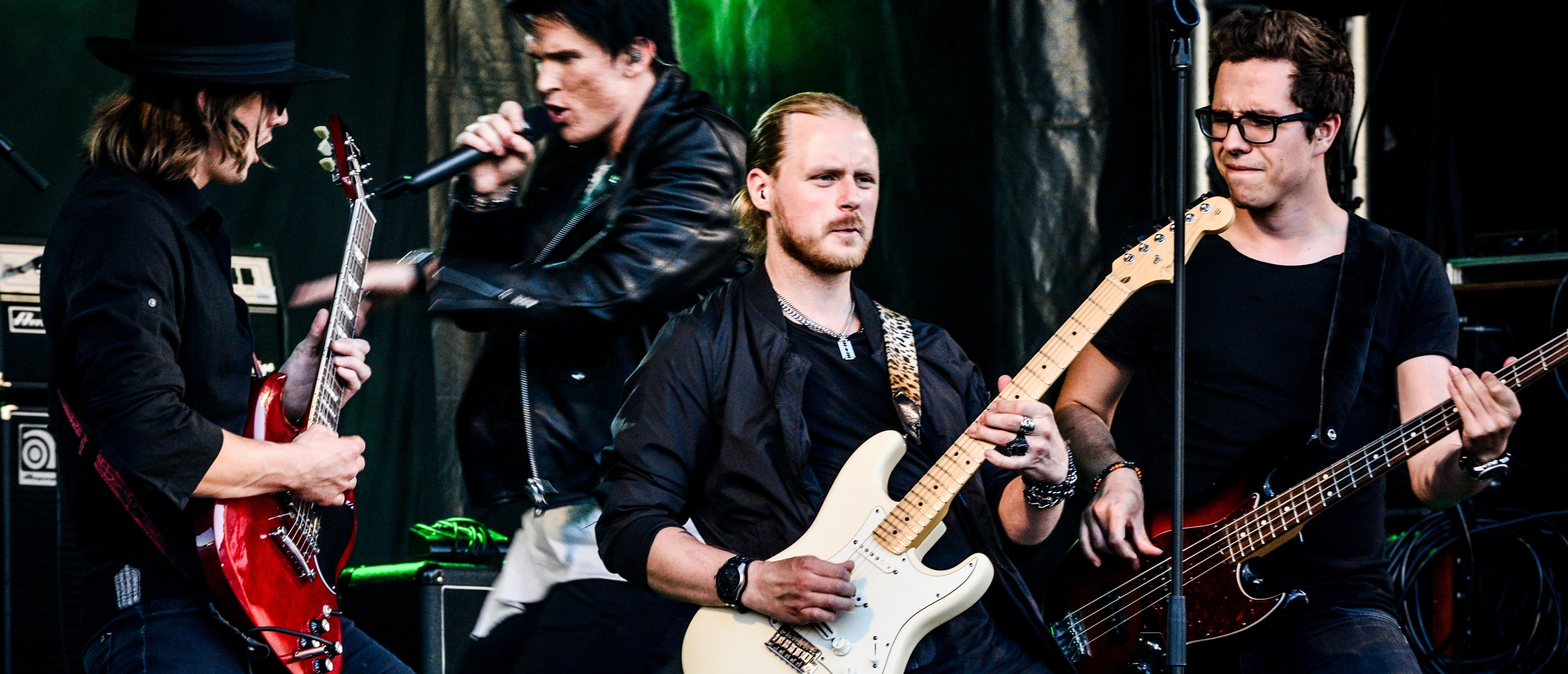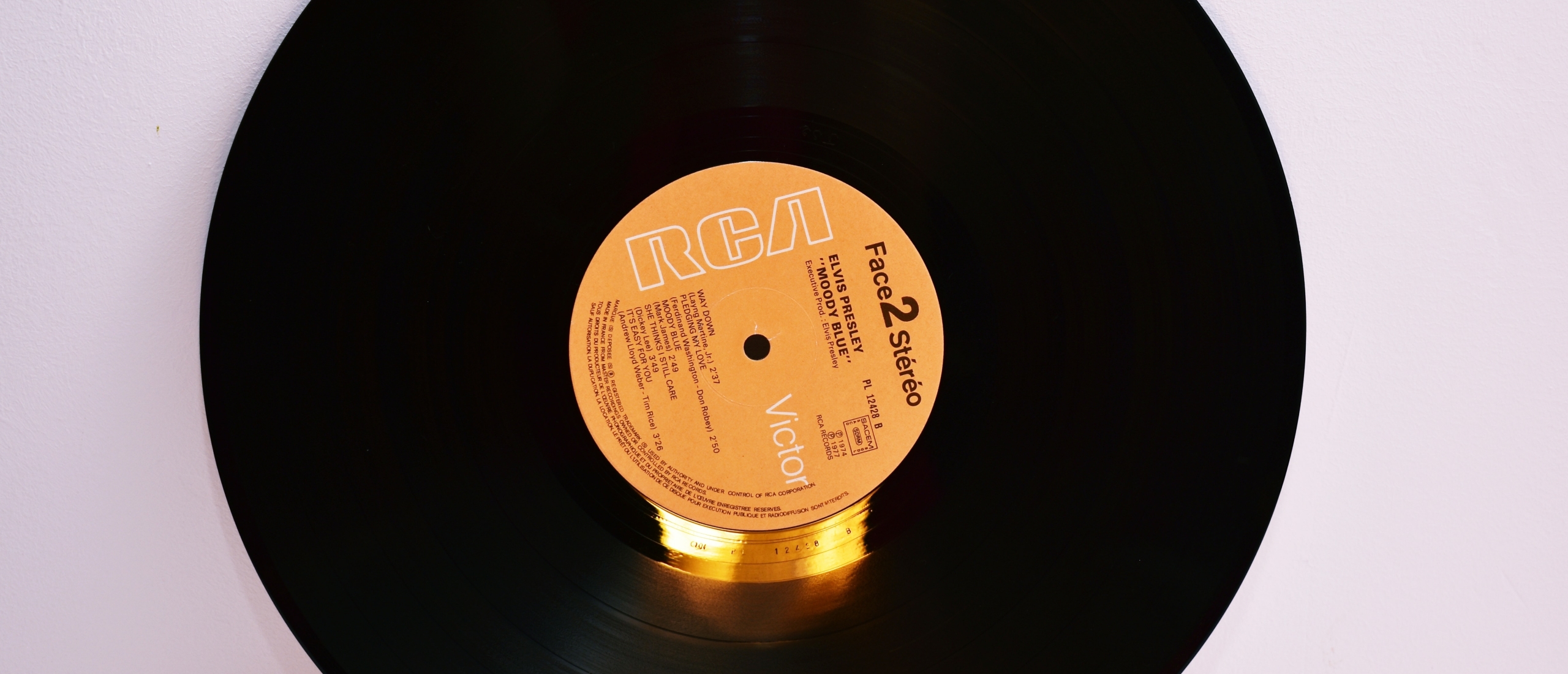The chance to discover a booking agency for you or your band may have presented itself, and you are now prepared to go on tour! As a result, it is crucial that you understand how to create an effective rider for your ongoing performances.
What is a Rider?
A band, artist, or other performers will submit a rider to the booker outlining their performance needs. Most performers will require certain supplies from the booker to perform at the highest level. These conditions are stated in a rider. Typically, a rider will address issues like stage size, technical requirements, food, drink, etc.
Technical Rider
The technical rider is the most significant rider. A technical rider outlines the precise musical instruments and lighting setup the performing artist needs. Following the creation of the equipment list, it's critical to provide detailed instructions for how everything should be set up. The simplest way to do this is to create a little schematic that shows precisely how everything should be connected and placed on the stage. The tech rider would also cover any extra production you need, such as a smoke gun, confetti cannon, or fireworks.
Hospitality Rider
The hospitality rider outlines how the artist should be treated when they are not performing during the event. Artists are sometimes known for making absurd demands, and this article contains an exhaustive list of all such requests. It's always better to cultivate positive connections with promoters and not cause them too much hassle, so most artists have rather simple hospitality riders.
Other Rider Elements
The venue must have sufficient security. You, your possessions, and your tools need to be protected. The promoter normally covers the expense of security for an event, and the rider will include any special security requirements.
The time required for setup, sound checks, food breaks, and when the audience doors open can all be listed in a rider for your performance.
Riders may also address phrases used in advertising and promotions. You might talk about the billing practices for circulars, programs, and ads distributed before and during the event. You could also need free admission for your relatives and friends, which can be included in the rider.
Additionally, riders should cover insurance clauses, cancellation conditions in the event that something goes wrong and the performance cannot go as scheduled, recording policies, and whether or not there will be interviews and meet-and-greets.
How Do Musicians Setup A Rider?
The hospitality section of your rider might be rather easy to set up, however, the technical side tends to be a bit more in-depth since it will ensure that your setup runs as planned.
Before we get into the specifics of your rider, it's important to note that the name of your band and the tech contact should be in the header and footer of each page. Only pages that are pertinent to the stage crew or festival tech are given, such as the patch list or stage layout. Confusion before and during your performance will be avoided by including contact information on each page.
Line Up and Equipment List
Introducing the band members, their names, and the instruments they will be playing in the first section of your tech rider is a good idea. The purpose is to quickly inform the venue of the type of equipment and the anticipated crowd size. This can be displayed as a straightforward list or a well-laid-out table highlighting the band members and their respective instruments.
Backline Details
The gear that will be needed on stage for the artist(s) to perform is referred to as the backline. This can include:
- music stands
- chairs
- mic stands
- tables
- guitar amps
- bass cabinets
- drum sets
Everything that the performer needs from the venue to put on a concert is listed in this list. This must be agreed upon in advance so that the venue may rent out equipment as needed and prevent unpleasant surprises on the performance day. Depending on the size of the venue and the instruments' availability, the backline occasionally includes instruments like guitars, basses, synthesizers, or pianos.
Stage Plot and Input List Details
An input list lists all the audio lines required for your presentation. This list will indicate every stage connection the engineer will be making and will indicate how many channels they will need to operate for the performance. An artist may select which preferred microphones they want to see in the setup and for which instrument, depending on the venue's size and the band's importance.
A stage layout, a crude block design that depicts where each band member will be positioned on stage, is frequently placed after input lists. This is crucial because it enables the venue to plan for space so they can start setting up before your arrival and make small adjustments later if required.
Front of House and Monitors
Your band may be able to make particular demands about stage monitoring and front of the house, depending once again on the size of your show and the size of the venue. It's important to note in this area of the tech rider how many monitor speakers you will need, whether or not each band member needs a separate monitor feed, whether or not you'll need in-ear wireless monitoring, etc.
Emerging artists and smaller performers sometimes need their own engineers. Therefore, the venue's staff will take care of them. Despite how bizarre it may sound, it is OK to make requests, such as asking for the engineers to be "sober" or specifying a language preference for them to speak.
Include Your Setlist
If at all feasible, attempt to provide a list of all the songs you intend to perform in your tech rider. This is because:
- It offers a cue sheet so the venue can plan the various portions of the concert and gives the venue and the engineers an idea of how long the performance will go.
- It aids in lighting design.
- The venue may use it to determine the royalties to pay you if your songs are registered with ASCAP or BMI.
Do You Need a Rider?
Knowing what to expect from the venue up front is crucial to protect your comfort and financial security. Your wants and profile will determine how demanding you wish to be. At the very least, your rider should include the financial elements of your performance, any required security, and payment for out-of-pocket expenses.
Key Takeaways
Riders can, of course, dive much, much deeper. However, if you're a budding musician who needs to put one together, following these instructions will enable you to get started and go to the next professional level





